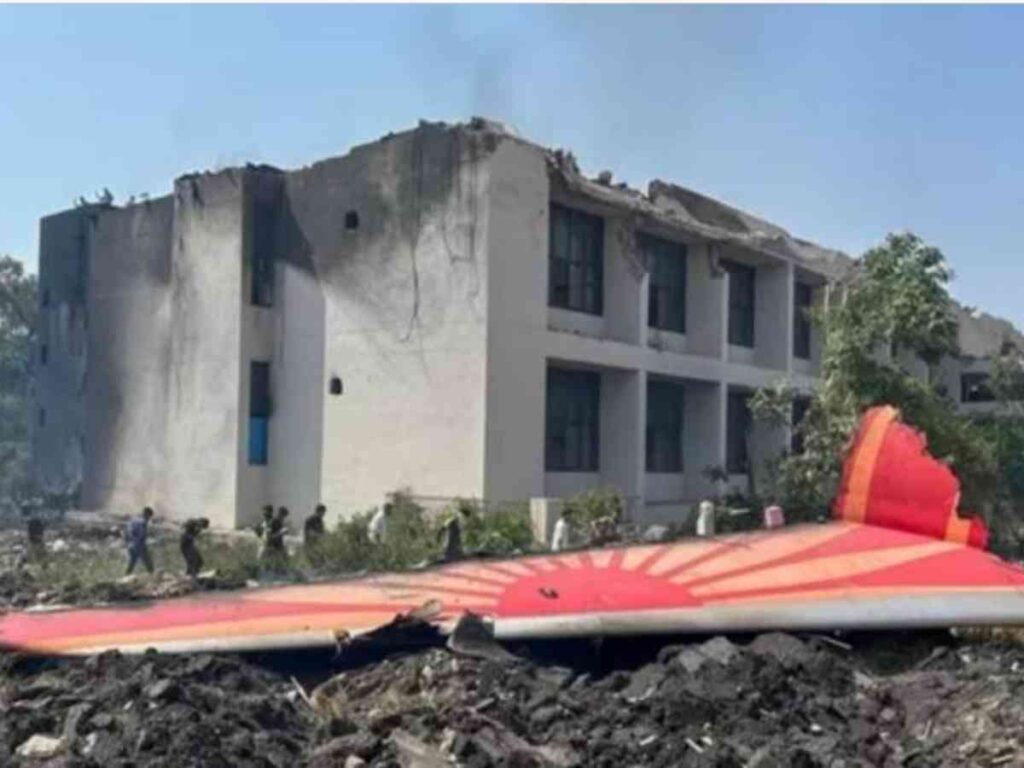OdishaPlus Bureau
Was it the hand of the pilot or a ghost in the machine that doomed Flight AI171?

The preliminary report by the Aircraft Accident Investigation Bureau (AAIB) into the crash of Air India Flight AI171 has ignited a firestorm of debate within the global aviation community.
While the report identified the immediate cause—a dual-engine fuel cutoff moments after takeoff—its findings are being criticized by some as ambiguous, raising more questions than answers and leading to concerns of a premature focus on the flight crew.
Pilots’ associations and aviation safety experts are urging caution against rushing to judgment, pointing to the very data that seems to implicate the pilots as potential evidence of a deeper, more sinister system failure.
The Indian Commercial Pilots’ Association (ICPA), in a statement, expressed deep concern over the report’s narrative. “While we mourn the loss of our colleagues, the cockpit voice recording suggests confusion, not negligence,” an ICPA official stated. “The exchange, ‘Why did you cutoff?’ followed by ‘I did not do so,’ is a critical piece of evidence. It could point to a catastrophic system anomaly that the pilots were reacting to, not an error they initiated. To suggest otherwise at this stage is speculative and deeply unfair to the crew.”
This sentiment is echoed by independent air safety experts, who argue the report is troublingly vague on the possibility of a system malfunction. “The report confirms the fuel switches were moved, but it doesn’t definitively state how,” said a senior air safety analyst, speaking on condition of anonymity.
A modern flight data recorder logs every single electronic command. So, the investigation must clarify if there’s any data showing an uncommanded electronic signal to the switch actuators. Unfortunately, there is no update on this in the preliminary report, which raises question.
This perceived ambiguity has fueled a more contentious narrative online and in aviation circles: that there is pressure to shield the aircraft’s manufacturer. “There is a history in aviation where complex system flaws are initially masked by blaming the ‘human element’,” commented a user on a prominent aviation forum. This speculation, though unproven, highlights the high stakes for Boeing, which has faced intense scrutiny over its aircraft safety in recent years.
The AAIB, for its part, stands by its process. A source within the Ministry of Civil Aviation, Government of India reiterated the report’s foreword, emphasizing that the investigation is ongoing and its sole purpose is “the prevention of accidents and incidents and not to apportion blame or liability.”
However, with the 2018 FAA safety bulletin regarding a potential fault in the fuel switch locking mechanism looming in the background, the demand for a more thorough exploration of the aircraft’s technical integrity is growing louder.
The global aviation community is now watching the investigation with hawk-like intensity, waiting for a final report that will hopefully provide a definitive answer to the billion-dollar question: was it the hand of the pilot or a ghost in the machine that doomed Flight AI171?
This cycle of preliminary findings followed by intense debate is a familiar pattern in the world of air crash investigation. Tragedies like the crashes of Lion Air Flight 610 and Ethiopian Airlines Flight 302, also involving Boeing aircraft, were initially surrounded by speculation before painstaking investigations ultimately revealed deep-seated design flaws. As with those events, the final word on Flight AI171 will not be known until the AAIB and its international partners complete their work, a process that can take many months, if not years. Until then, the questions will continue to mount.























